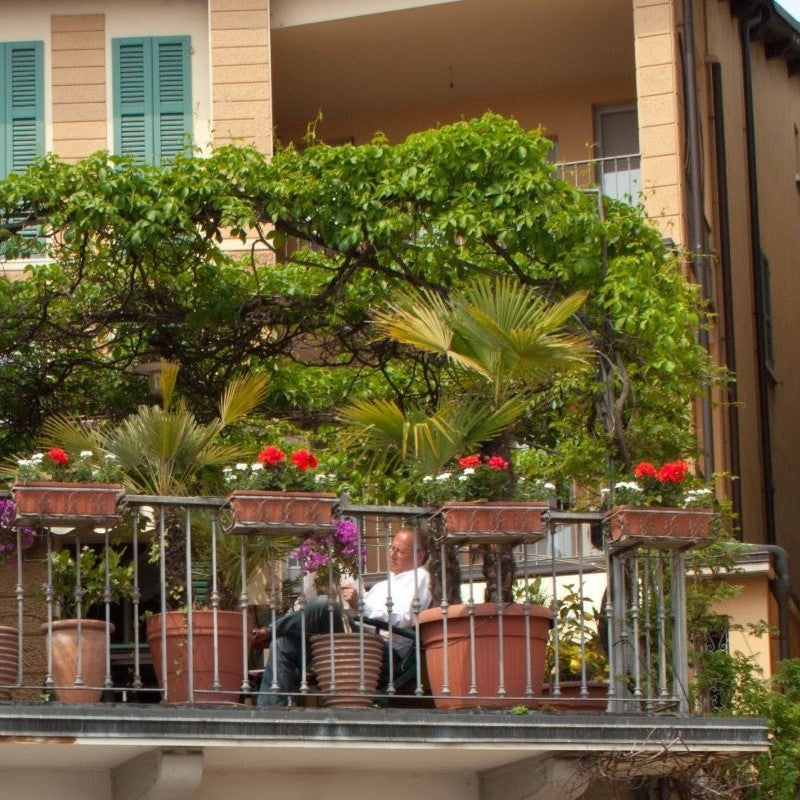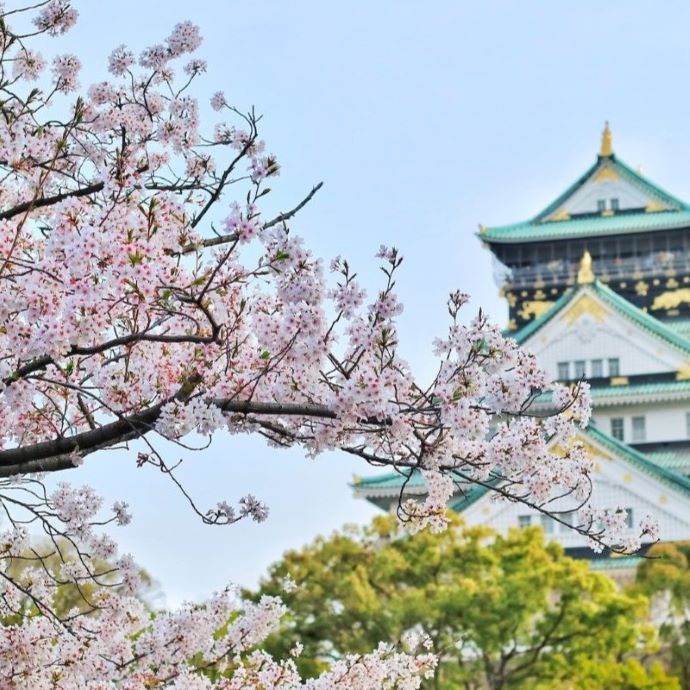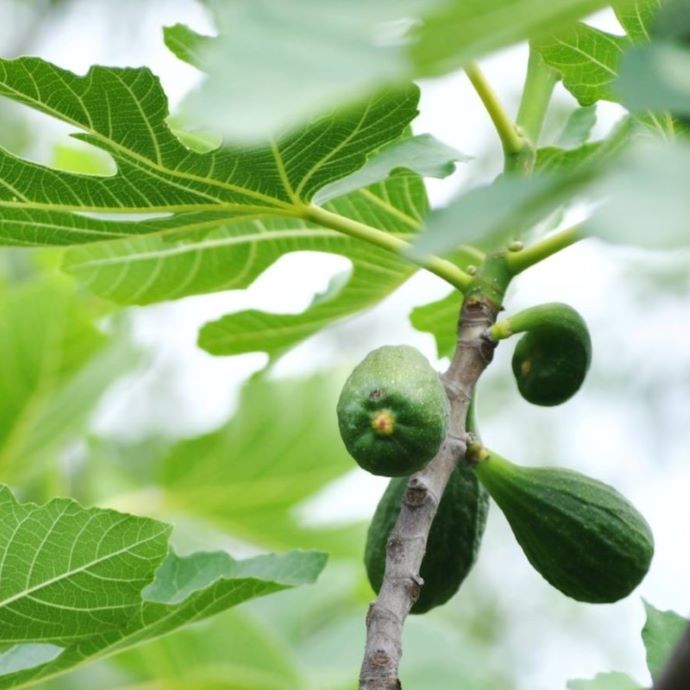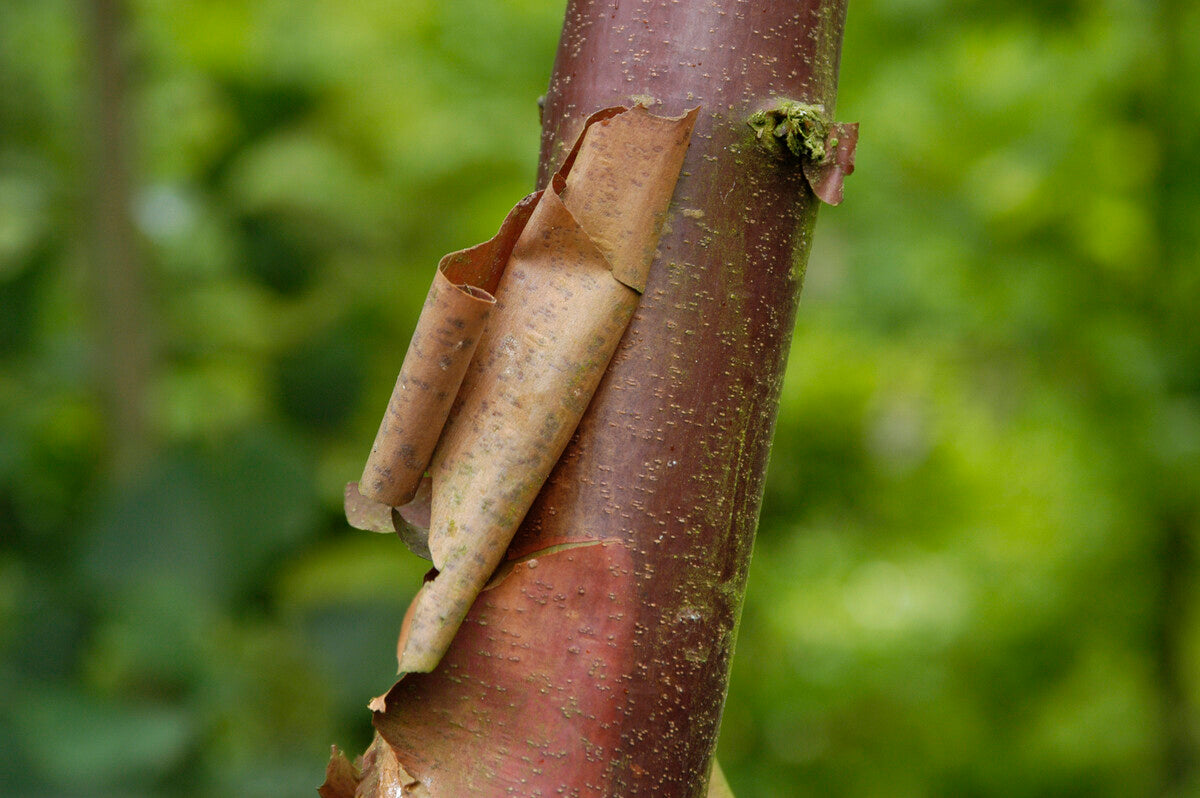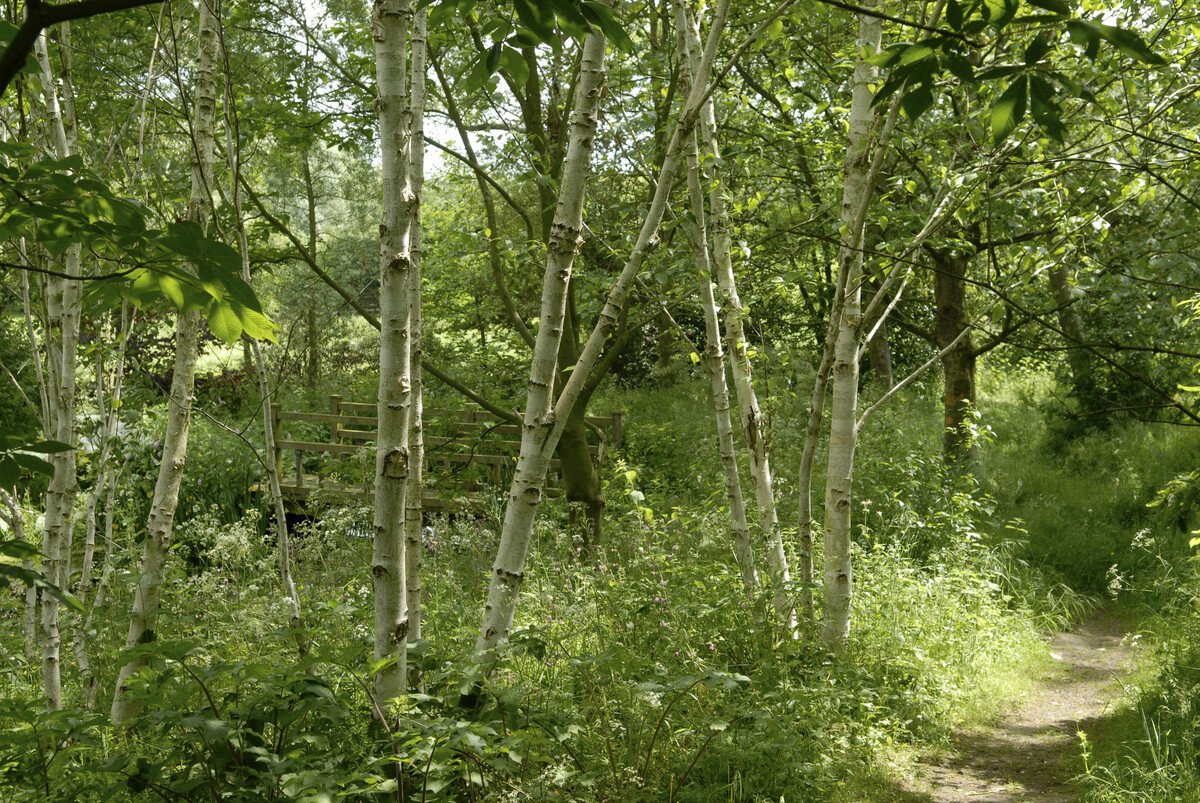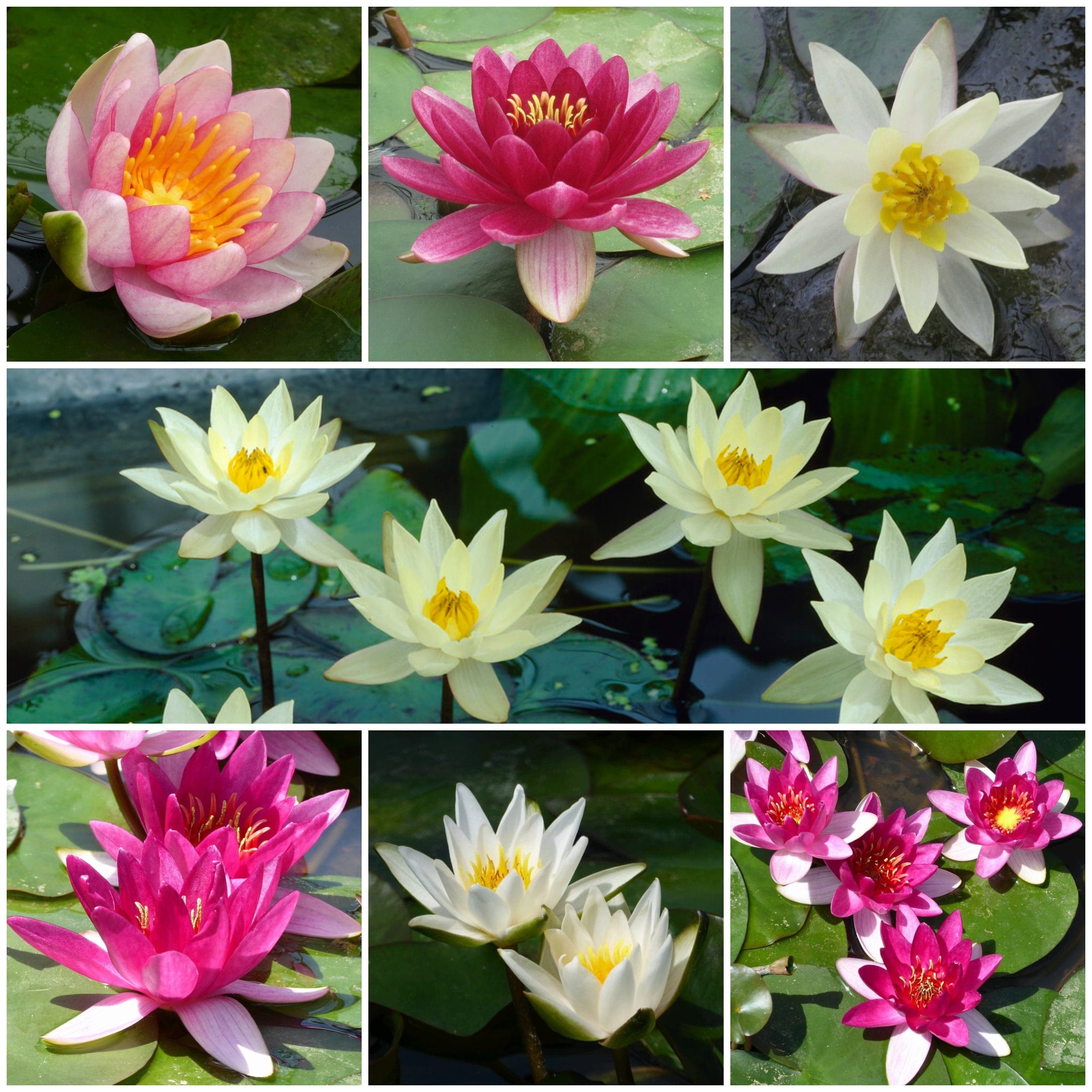Advice & Inspiration
Anglesey Abbey - February Garden of the Month
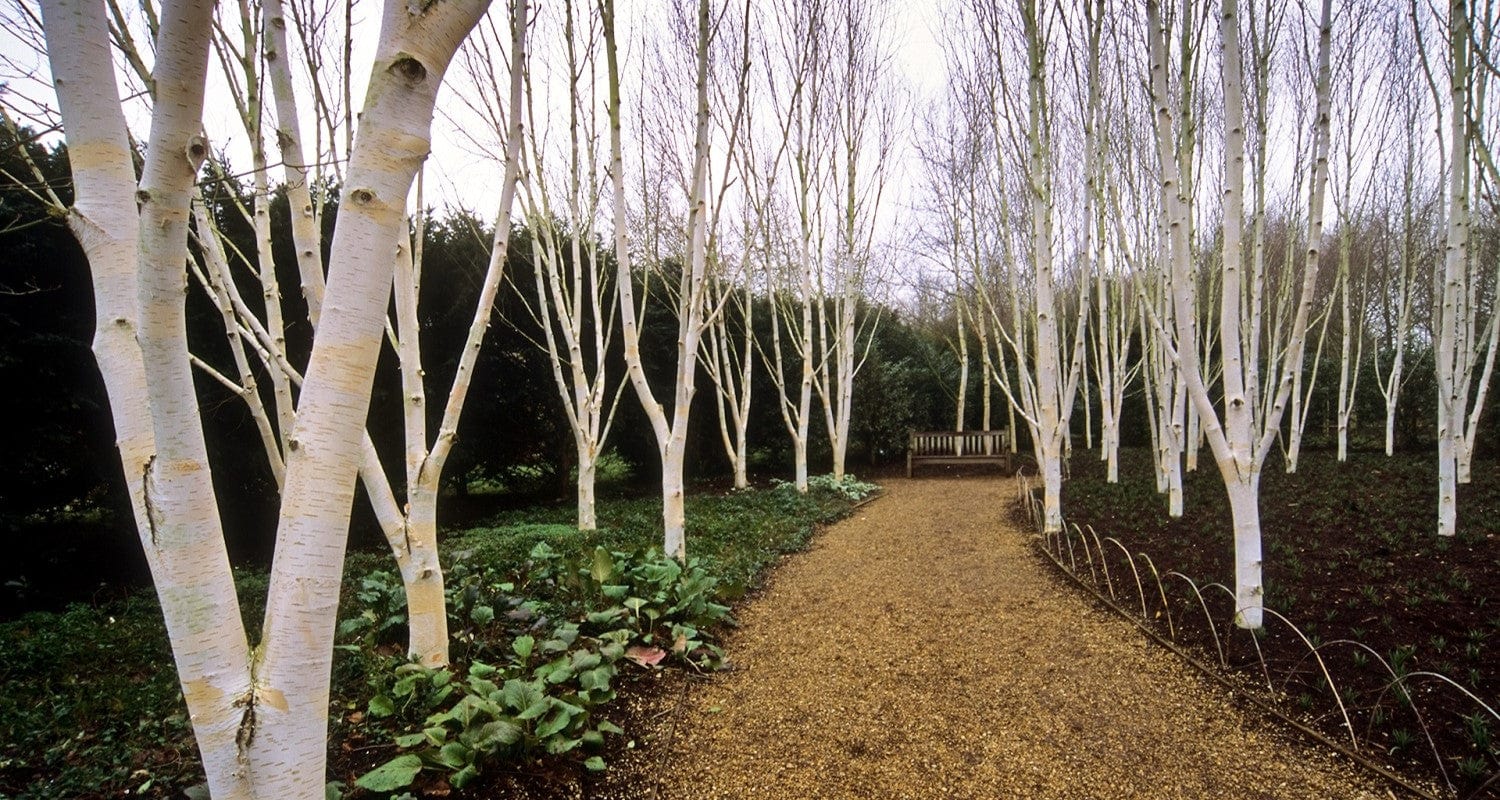
Looking for planting inspiration to make your garden shine all year round? Every month we’ll be visiting a garden which we think has nailed the best trends of the season, then reporting back with tips on which plants to use and how to recreate the look.
Anglesey Abbey is one of our favourite places for a walk on a cold, bright February day, thanks to its spectacular winter garden full of scent, colour and texture. There’s plenty of inspiration to be found here too, with planting combinations that will look great in even the smallest of gardens.
Anglesey Abbey, Cambridge
Anglesey Abbey isn’t an Abbey at all, but a Jacobean Manor built on the site of a mediaeval priory. The impressive gardens were designed in the 1930s by its flamboyant owner, Lord Fairhaven, who built a greenhouse especially to grow the carnations he loved to wear as buttonholes every day. The Winter Garden was added in the 1990s and showcases some of the best winter plants in the UK, including over 240 varieties of snowdrop alone! (They even do snowdrop tours.) February is a particularly good month to visit, as you can fully appreciate the sensory elements of the garden - the touchable tree bark and the scent of the winter flowers - and towards the end of this month, the early spring bulbs are at their brightest and best.
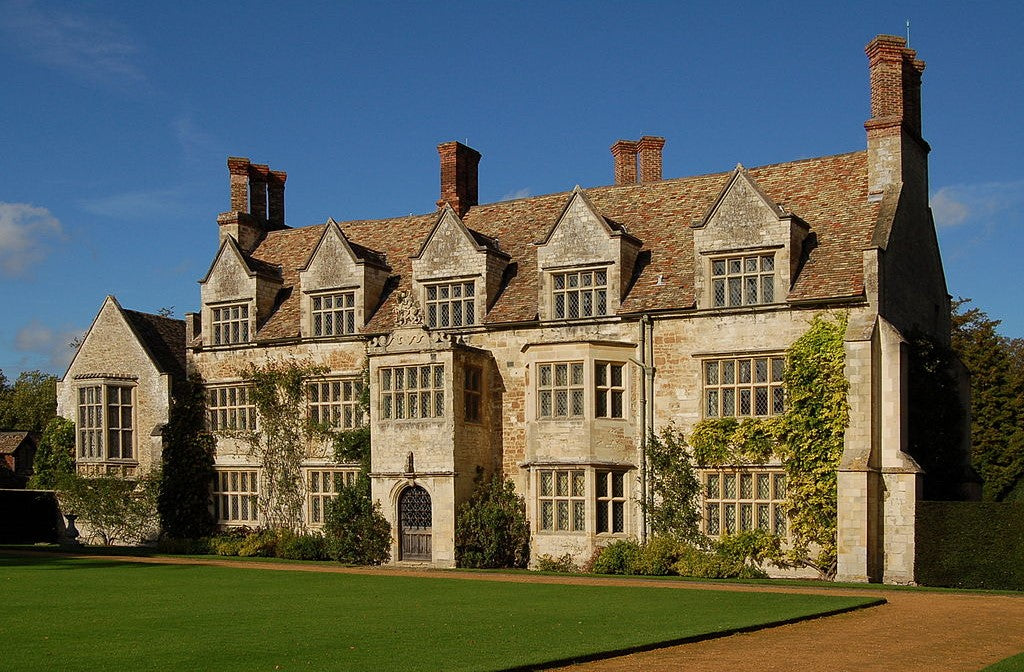
Image source: Wikimedia.
Winter Garden Highlights
Early spring bulbs
If you’re one of those people who can’t wait for the first flowers of spring (*raises hand*), you’ll love it here. The snowdrops are starting to emerge en masse, forming a white carpet throughout the woodland garden, and we reckon with the slight increase in temperature in recent days, the daffodils, aconites, dwarf iris and cyclamen won’t be far behind. Large drifts of these spring flowers line the walkways and underplant the trees towards the end of February, looking spectacular on their own or intermingled with the hellebores and evergreen shrubs like Mahonia and Viburnum which are also in flower right now.
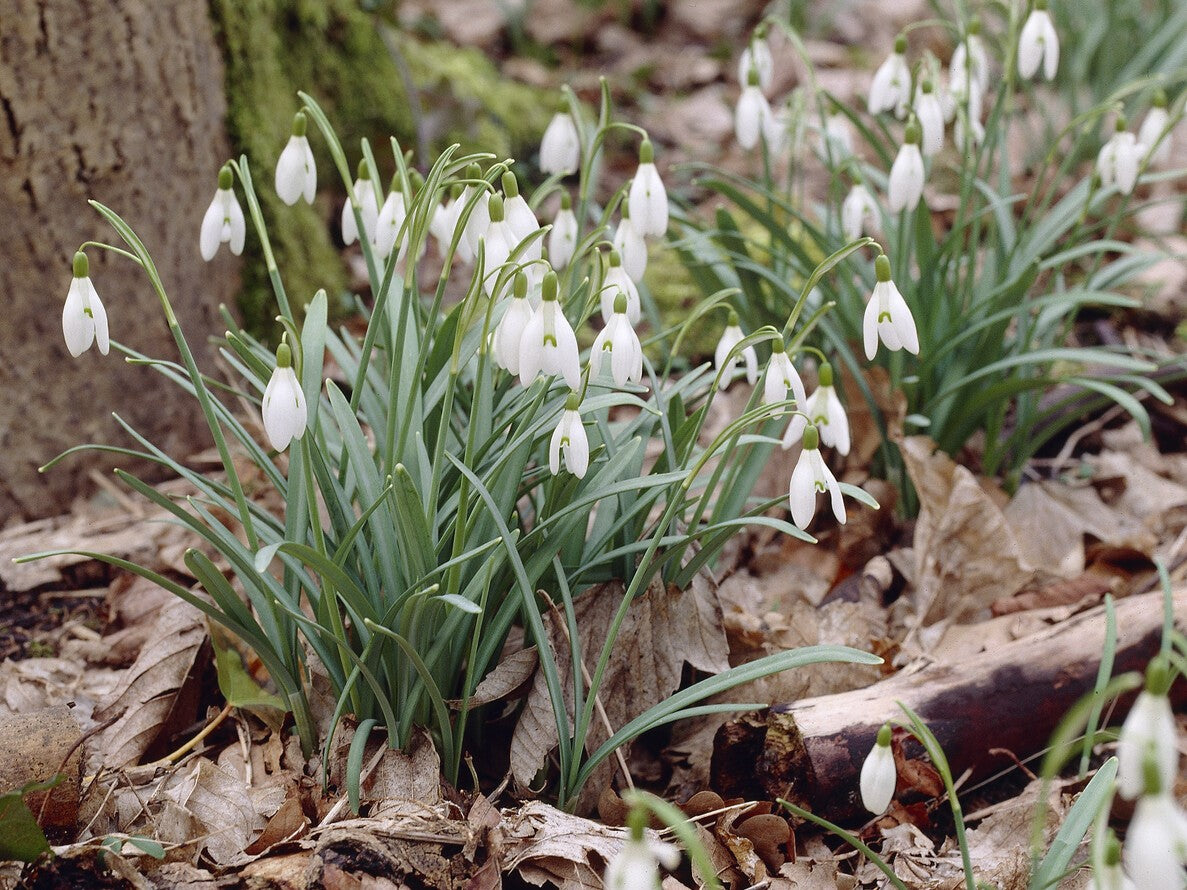
Clever combinations
One of the more subtle examples of the head gardener’s art is the use of well thought out plant combinations which look completely natural but which have been specially chosen to accentuate or contrast the qualities of each plant in a group of three. The red bark of Acer Sangokaku provides vibrant structure for Cornus interplanted with Narcissus; Carex, Mahonia and Golden Willow add warm golden tones and evergreen Yew and Tilia cordata hedges are the perfect backdrop to bring out the colours of the red cornus and white snowdrops that line the paths.
Sensory elements
It’s not only colour which has been considered in the planting here, and one of the things I love most about this garden is the inclusion of sensory elements. Fragrance has been put front and centre in the garden design, with a combination of Mahonia, Viburnum, Daphne, Sarcococca and Winter Honeysuckle providing an impressive hit of winter scent throughout the garden. Then there are the tactile trees - planted near to the paths where you can easily get close and touch them, you’ll find a variety of trees with textured trunks and branches, including the peeling bark of the Paperbark Maple and Tibetan Cherry and the deep grooves and fissures of the Snakebark Acer. In the summer you can add taste to the sensory experience too, as the tangy sherbet-flavoured berries of the Japanese Wineberry ripen.
Sensory-centred planting is one of the elements that makes the garden so inclusive - with its wide, meandering paths it’s also fully accessible for wheelchair and mobility scooter users.
Himalayan Birch grove
The winter garden walk isn’t finished with you yet - there’s a stunning finale. On either side of the walkway and in a central ‘island’ you’ll see a mass planting of bright white, single stemmed Himalayan Birch trees, standing out against the darker backdrop of evergreens and the woodland floor - try to catch them as the light is fading for the best view. This use of contrast in areas of cold or low natural light is where you can really see the design that’s gone into the garden to maximise its impact - see also the bright red berries of cotoneaster trees and variegated holly planted in some of the shadier corners of the garden. What’s the secret to keeping the tree trunks sparkling white? Every year the gardeners power wash them to help them keep their status as some of the most photographed trees in Britain!
Get the look
- When you’re planting spring bulbs, here’s how to maximise space: plant them under your deciduous trees and shrubs so that they’ll bloom before the leaves start to grow in spring, as this space would otherwise go unused. Sun will filter through the bare crowns of the trees to provide light to the developing flowers, which will then draw attention to the colour of the trunks and branches. You won’t end up with bare patches in your flower beds (or even worse, weeds) when the bulbs have finished and you can instead use this space for winter flowering perennials like camellias and hellebores which have attractive evergreen foliage all year round.
- Try planting in threes - start with a tree or tall shrub such as a colourful acer or attractively shaped twisted willow for structure and height, then combine it with low growing shrubs, grasses or foliage plants and add a colourful accent with a flowering perennial or groundcover plant.
- Introducing sensory elements into your garden makes it a more invigorating space where you can engage with nature in a variety of ways through touch, scent, sight and sound. Start with scented shrubs like Mahonia and Daphne and use flowering hedges for even more fragrance. Plant grasses, bamboos and tall perennials with crunchy gravel or stone paths for a relaxing soundscape and consider trees with tactile bark and water features for touch. A well thought out sensory garden is wonderful for people with hearing or sight impairments - here’s some more ideas.
- Make your own shimmering Himalayan Birch grove - you might not have room for a large group but a cluster of two or three of these tall, slender trees takes up minimal space and looks stunning in winter. Take a tip from the professionals and keep your trees sparkly white by washing off any algae that appears on the trunk with warm water and a cloth or soft brush.
Top image source: Flickr.
